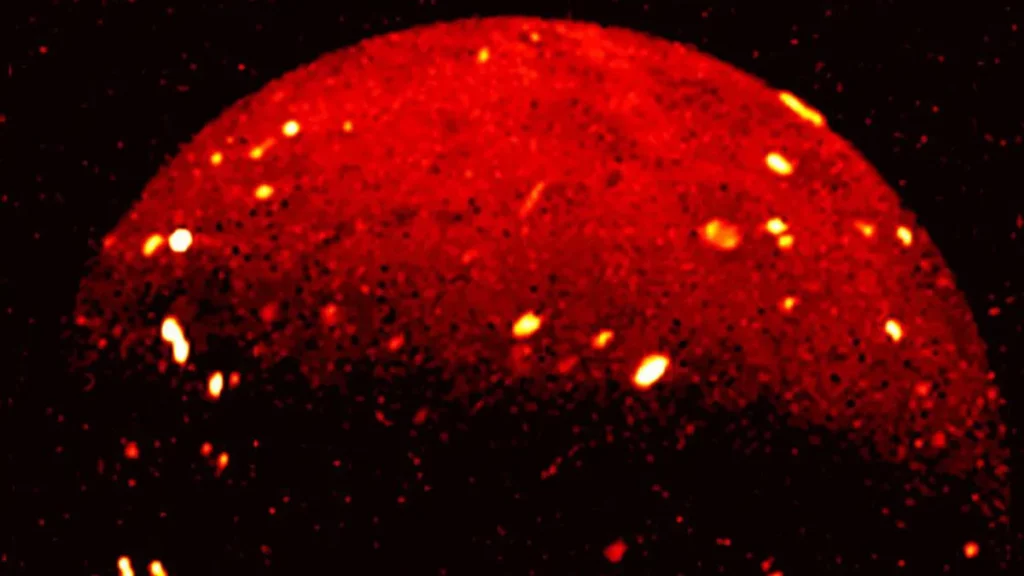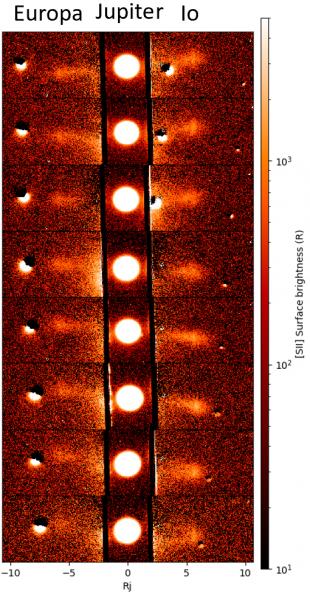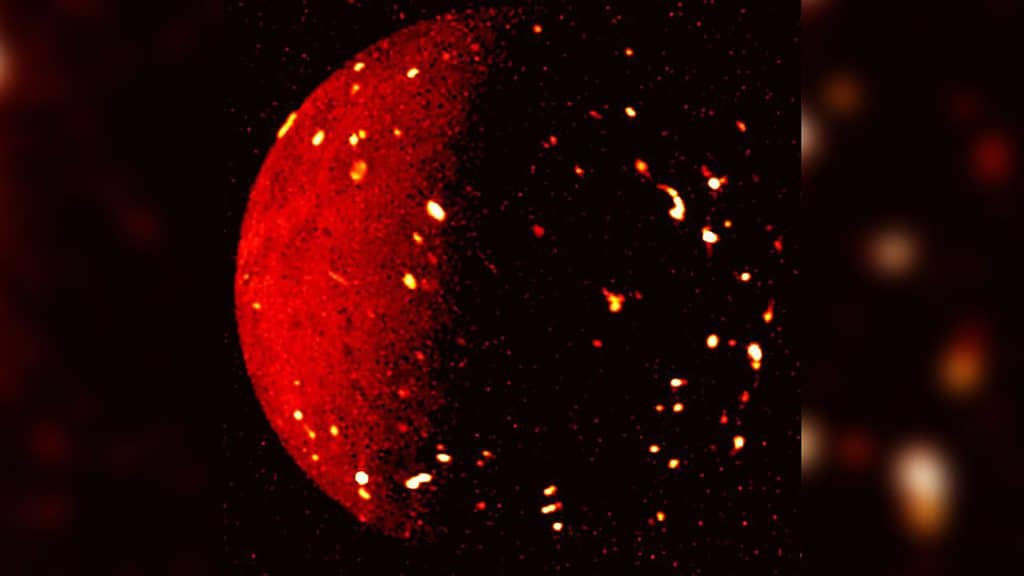A small robotic telescope based in the Arizona desert found an outburst of volcanic activity in Jupiter’s moon Io – the most volcanically active world in the solar system, with hundreds of volcanoes. The outburst was recorded on Io over the past five years, with some sort of activity every year, and the largest yet registered in the fall of 2022.

Physicist Jeffrey Morgenthaler, working at the Planetary Science Institute (PSI), used the Io Input/Output observatory (IoIO) near Benson, Arizona to discover the outbursts. The observatory recorded an increase in sodium and ionized sulfur between Jupiter and Io from September to December, which shows an increase in volcanic activity. The really cool part about it is that this observation was made with equipment that you or I could also get.
“One of the exciting things about these observations is that they can be reproduced by almost any small college or ambitious amateur astronomer,” Morgenthaler, a senior space scientist working at PSI since 2008, said in a media statement. “Almost all of the parts used to build IoIO are available at a high-end camera shop or telescope store.”

Io is the third largest of Jupiter’s moons, and it’s relatively close to the planet. It was discovered in 1960 by Galileo Galilei – the first time a moon was discovered orbiting a planet other than Earth. It’s a hellish world riddled with constantly erupting volcanoes, but it’s also a place with a complex geology that still has a lot of show.
The observation could also have implications for NASA’s Juno missions — one of NASA’s ongoing special missions, in which a shuttle has been orbiting Jupiter since 2016, constantly snapping data of the planet and its moons. Juno will make a close flyby of Io in December 2023, and since several of Juno’s instruments are sensitive to changes in the plasma environment around Jupiter, it can be used to study the moon’s composition and volcanic activity.
Juno’s mission in Jupiter
In mythology, Io is a woman that was changed into a cow during a dispute between the god Zeus (Jupiter in Roman mythology) and his wife Juno. NASA’s mission Juno is named in honor of Juno, who could look through the clouds to expose her husband’s wrongdoings. The spacecraft also peers through clouds, but that’s more useful to reveal Jupiter’s secrets.

Juno was launched into space in 2011 and arrived at Jupiter five years later. The spacecraft then spent another five years studying the planet and its atmosphere and weather. Last year, Juno captured a view of Io from a distance of around 50,000 miles. Io’s volcanically active surface, dotted with volcanoes, glows in the infrared image.
NASA has eight flybys of Io scheduled for Juno over the next 18 months, including two that will pass within 1,500 kilometers of the surface to provide what would likely be the best view yet of the moon. NASA extended the Juno mission last year through September 2025 to continue studying Jupiter and the many moons surrounding it.
Morgenthaler hopes to the data obtained by the Io Input/Output observatory can be combined with Juno’s information to fill in some gaps in our understanding of Jupiter’s moon. “Juno measurements may be able to tell us if this volcanic outburst had a different composition than previous ones,” the researcher said in a statement.


